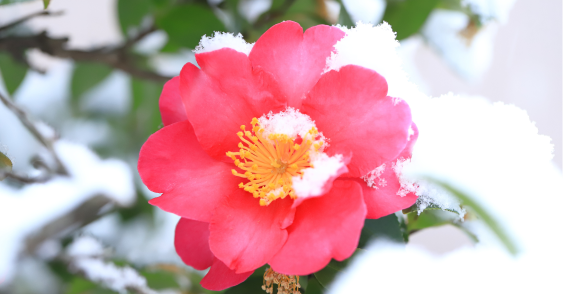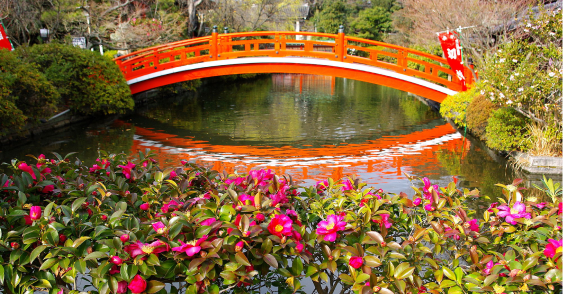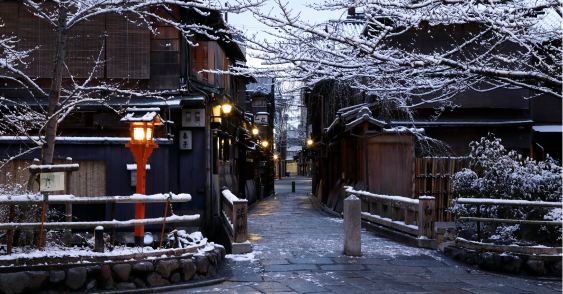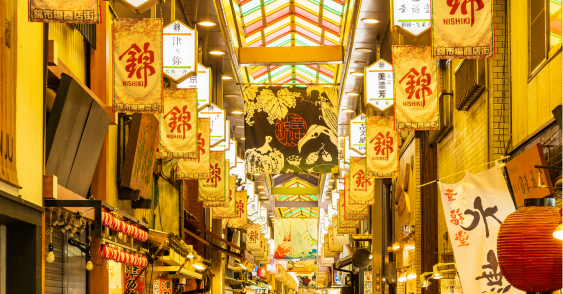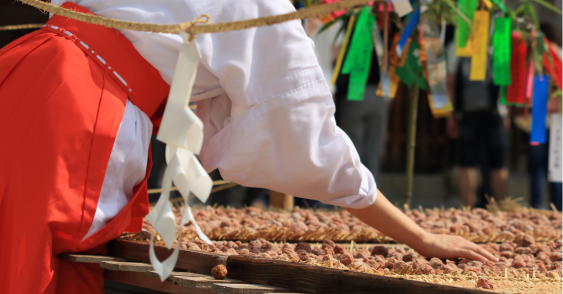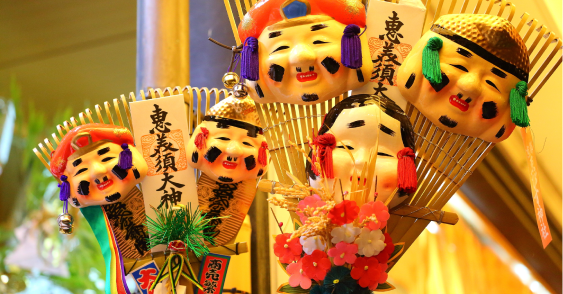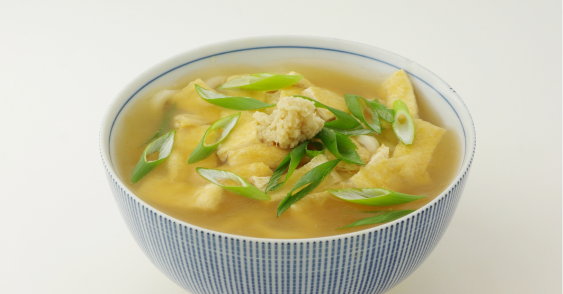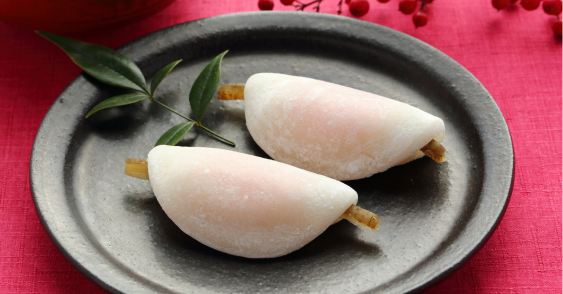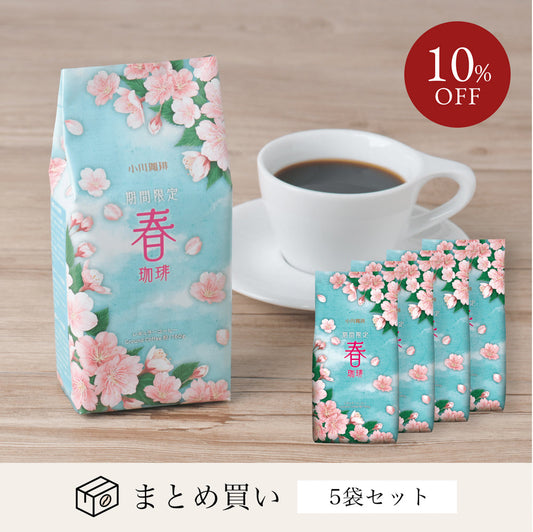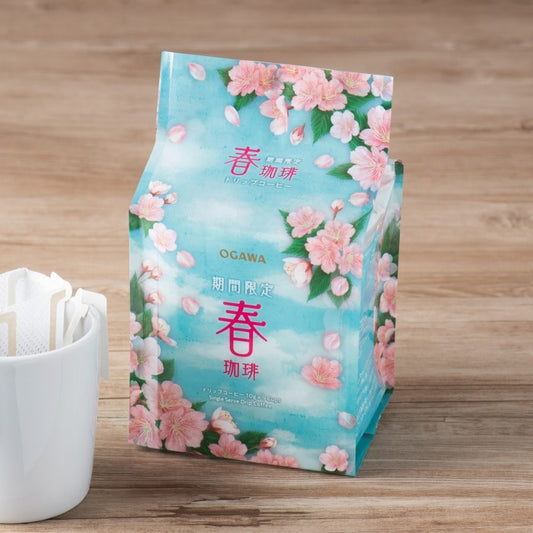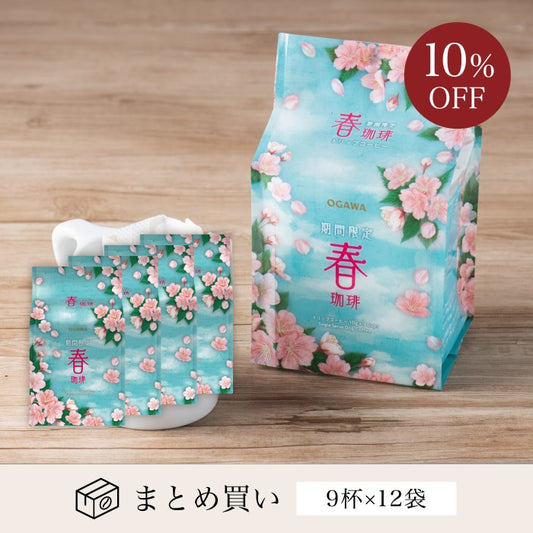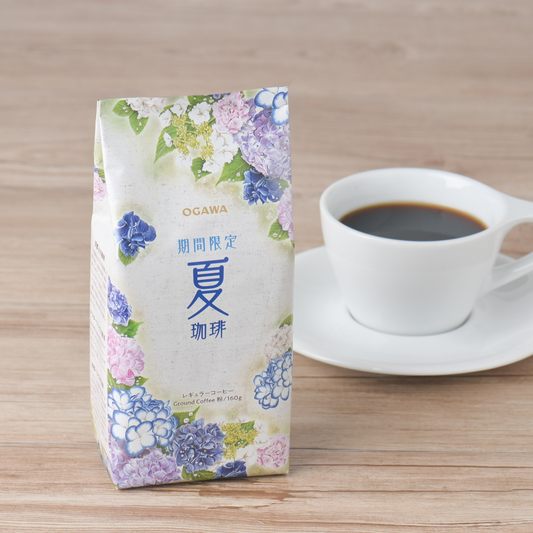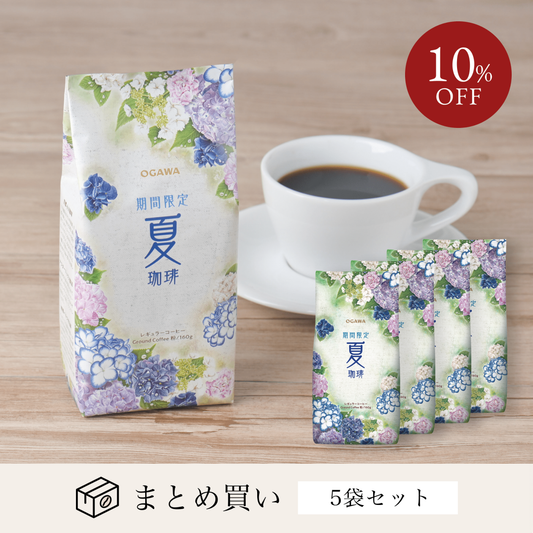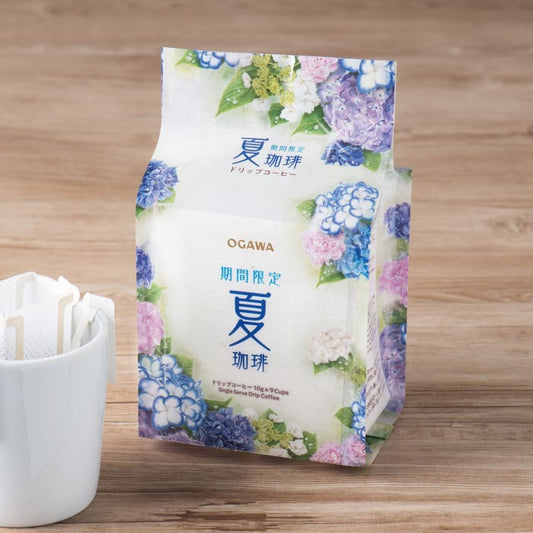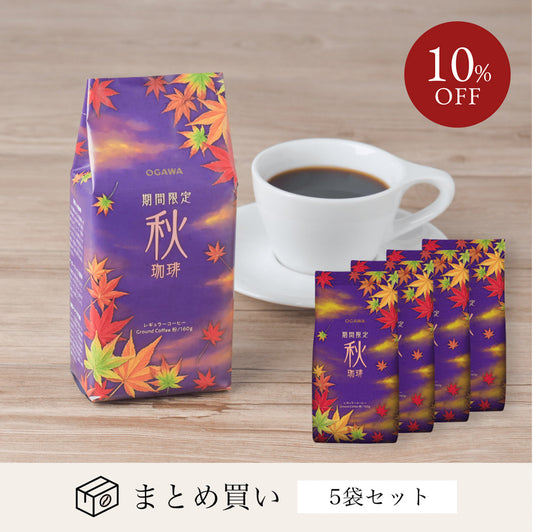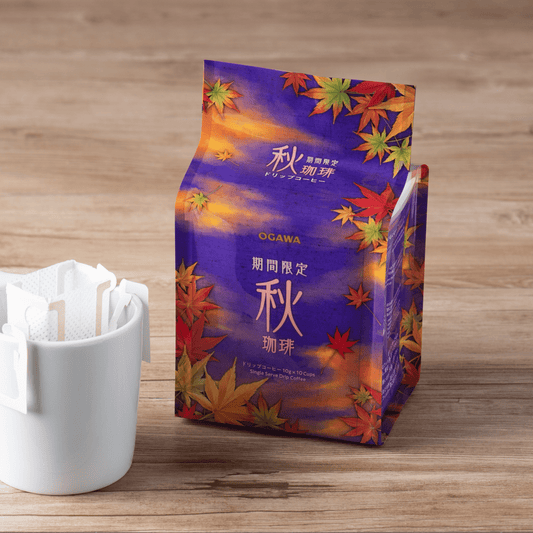Taste
Coffee appraisers select coffee beans that match the season while keeping the four seasons in mind.

A rich aroma and smooth
Taking advantage of the mouthfeel
Robust flavor
Rich and smooth
Inspired by flowers blooming in the harsh winter cold and hearts filled with joy, we have created a blend with a rich flavor that makes the most of its mellow aroma and smooth texture.
Design
The illustrations of delicate flowers and trees are carefully drawn by hand by our employees.

Snow × Camellia
The snow is still falling in the silence as it gently lands on the flowers.
In the silence of winter, flowers are quietly blooming and soft snow is slowly but surely falling and piling up.
冬珈琲の商品ラインナップ
ドリップコーヒーの
おいしい淹れ方

Shake the bag gently to push the coffee down and cut along the cut lines at the top.
Shake the bag lightly to drop coffee to the bottom and cut the bag along the slit.

Hold the bottom of the hook and spread it apart to secure it firmly around the edge of the cup.
Widen the two hooks and hang them on a cup.

Pour in a small amount of hot water, let it steep for about 20 seconds, then pour in hot water in 2 or 3 batches. (Finished product: about 130 to 140 ml)
After moisten coffee with a little hot water and wait for about 20 seconds, pour hot water over coffee in 2 or 3 sessions. (You have130 - 140ml of brewed coffee.)


Winter walk in Kyoto
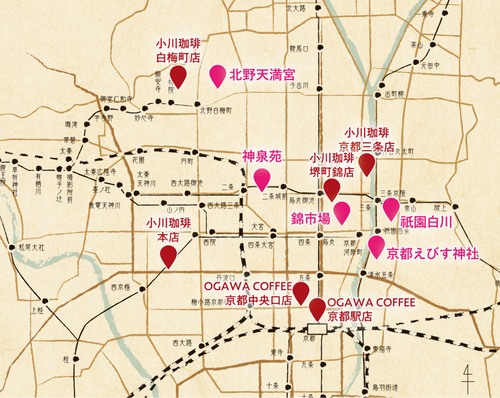
Spend the winter in Kyoto with "Winter Coffee".
We bring you Kyoto's rich nature and atmospheric streets that change with the seasons.
The harsh winters of Kyoto are known as "bone-chilling." Cultures unique to this harsh season have taken root in the city. With an increasing number of year-end and New Year events, it is also a hectic season. Just like the camellia flowers that do not succumb to the cold of winter, cherish this moment today.
Supported by: Leaf
Ogawa Coffee's recommended points
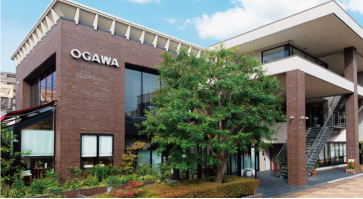
Ogawa Coffee's main store is located in Ukyo Ward, Kyoto. The sweets and dishes prepared by pastry chefs and chefs are perfect for special occasions like Christmas and the New Year holidays.




